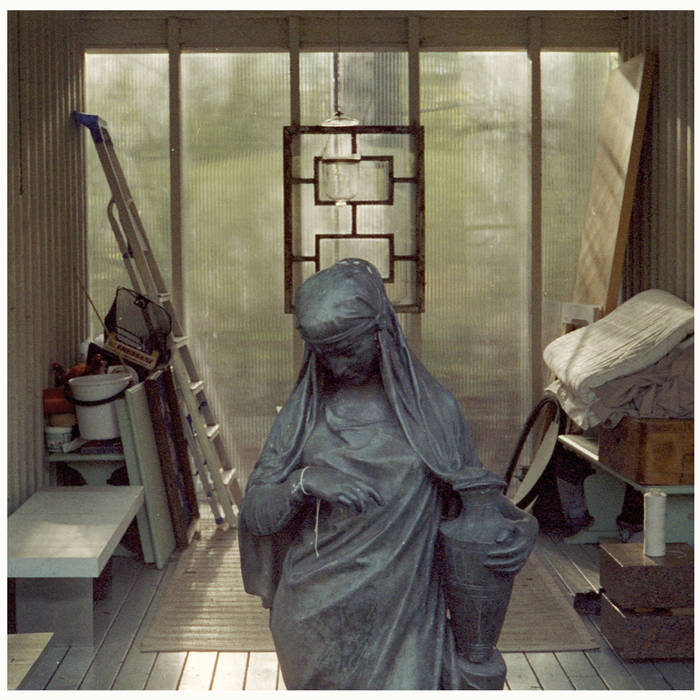
Labels: Ektro
Review by: Alex Hannan
Where once HEBOSAGIL might have leapt into a track with both feet and a stack of amps, their fourth album (“Lohtu”, Finnish for “solace”) opens warily, conveying unease with subtly discordant guitar parts. The verses of “Peltirumpu” pivot guitar and bass around a steady one-cymbal pulse with a gentle, steely swing. They weigh up different approaches, sift through clockworkish configurations that hint at post-rock, but there’s a threatening quality to the throaty, guttural Finnish vocals. It’s like watching an elegant traditional dance and starting to realise that this probably used to be a martial art, and the dancers could crack a skull if they started to get that way inclined. In the pauses in the drum parts the concentration is audible, each pause carrying the menace of a renewed attack. The moment when the band take off the brakes is smoothly controlled but hackle raising as HEBOSAGIL plough into more up-tempo riffing.
The second and third songs take less of a conspicuous journey, homing in straight away on the heavier side of the band’s sound and staying there. “Kauan” spends long periods on a single chord, but you can lose yourself in its textures. The grainy iron-filing texture of the distortion, the coarse devotionals of the vocals, and the splintering episodes of controlled feedback, crackling and keening like wrenching metal. The swooning waves of guitar chords that wash the wreckage out into a shimmering pool.
“Anna voimaa” begins on a similar plateau of heaviness, a resilient kick drum pulse overlaid by a simple, magnetic riff that dances two notes around a beat of 7. This returns again and again through the song, but gathers intensity into raging verses that slip the yoke of that loping, uneasy metre into a more straightforward 4. I’m curious about the lyrics, but Finnish is beyond me, and Google Translate can only glean fragments of ideas like shards of pottery. “The world is chaos, I do not have the strength to change.” The drums guide the song skilfully, pitter-pattering rolls shepherding subtle shifts in mood. And we’re spat out suddenly into the intro idea, hushed down and rebuilt into a wordlessly moving intimacy, as HEBOSAGIL gradually bathe the track in subtle feedback layers. A hymnal ecstasy, as if the band have been playing in a grimy basement all this time, but here the roof of the club opens to flood the place in sunlight. It’s a real master stroke. End side 1.
It may seem strange to say it, considering how ably they can blast with volume and how tenacious and spirited a narrator the singer seems, but there is also some very introverted work happening here. I sometimes feel as if I am alone, eavesdropping on an unexpected happening, avoiding any sudden moves, as if there’s a delicate balance that shouldn’t be startled. The songs are not merely tight and crisp, but also alive with nuance, emphasis carefully shifting, each player audibly attuned to what the rest of the band is doing. You can see HEBOSAGIL doing exactly what the record captures on various live Youtube videos. This brings to mind THE EX at their best despite the difference in style.
From here you feel as though the album could go anywhere, and HEBOSAGIL inflect each remaining track with a distinct atmosphere. “Auringonnousu” has a folk-song like melody, and a tenacious, baleful backing. “Pian tama kaiiki on ohi” has another graceful, offbeat verse and a discordantly needling chorus, spectral guitar shrieks howling out into the hollows in the song. Closer “Avaa lohtu” is delicate, wordless.
Many bands learn to inhabit a style already laid down by predecessors: some move beyond that to eke something extra out of themselves and each other and make a more individual statement: others inhabit this fully, then gain the awareness and distance to play, to listen, to subvert, to conjure intensity from the slenderest of means and turn received ideas inside out. Using these skills then to dig inside themselves and casually pull forth beauty alongside intensity.